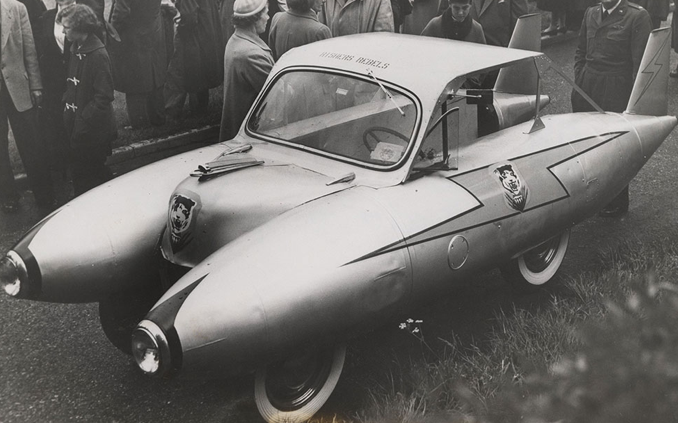Race & Chase: Advanced
About Cars
Early technologies
Unlike aircraft, cars have no equivalent in nature. They are a result of a progression in technology that addressed the need for personal transport once provided by the horse and carriage. The first cars were actually called horseless carriages. The fact that cars didn’t need feeding, nor did they turn the busy streets into a smelly mess was a selling point.
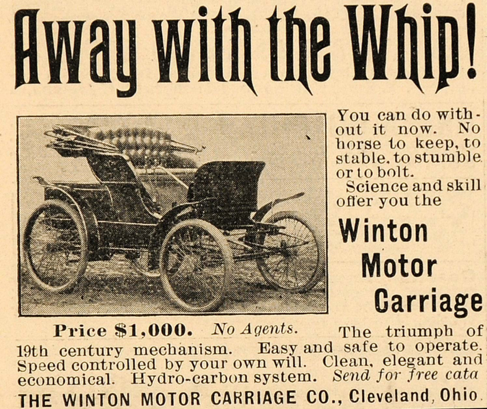
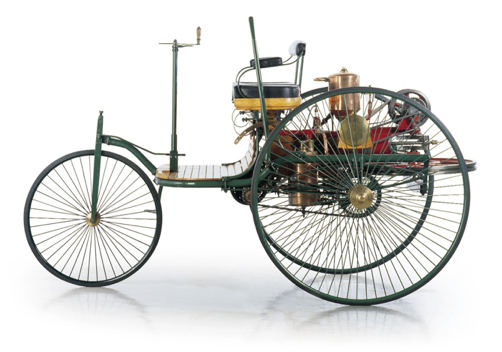
In 1886 German inventor Karl Benz patented his Benz Patent-Motorwagen. This was the birth of the modern car.
From the late 1800’s a few technologies were being developed as options for powering automobiles.
Steam had the advantage of familiarity and a proven record. The steam engine was so advanced that, in 1906, a steam car called the Stanley Rocket even held land speed record at 204km/h. This showed true promise.
Steam-powered cars were popular with early buyers, but they needed constant care and attention, taking up to 30 minutes just to start. More efficient petrol engines came to dominate the market making steam cars obsolete. It was a slow death – the last production steam car being available as late as 1924.
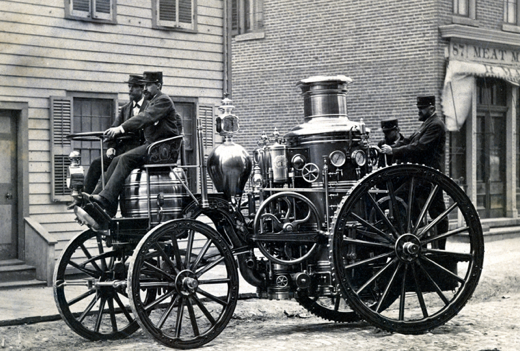
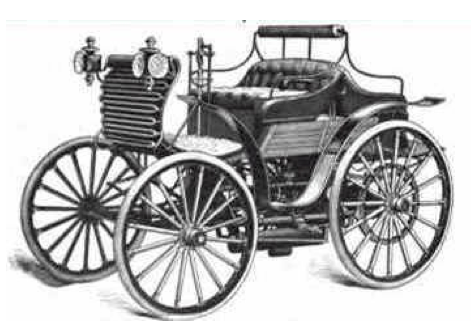
Another contender was electricity. In 1884, Thomas Parker built a practical production electric car using his own specially designed high-capacity rechargeable batteries. For the next 20 years electric cars looked viable, but the weight, cost and charging time of the battery meant that the new petrol technology was too convenient to ignore.
One design question that needed answering early on was how to get the energy generated by the engine to turn the wheels. One of the early answers was a belt with pulley wheels.
The most advanced belt driven car was built in 1895 by Daimler and Maybach in Germany. The engine was a two-cylinder petrol motor. Only 150 were ever made. As engines became more powerful another solution was needed. This was a steel drive shaft and differential.
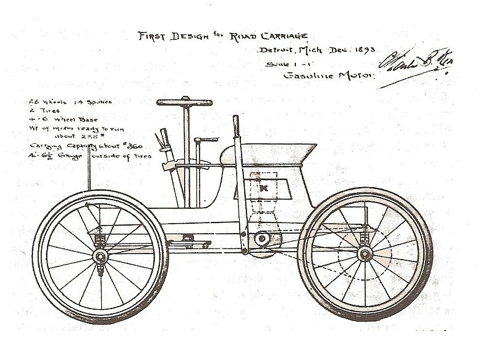
A cultural history
In the early days of the automobile, motoring was only available to the wealthy elite. It was a true status symbol.
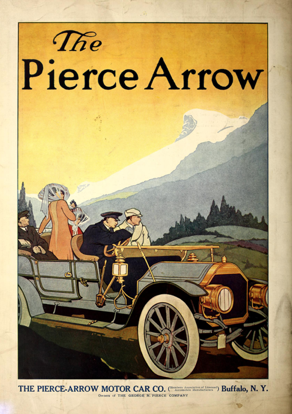
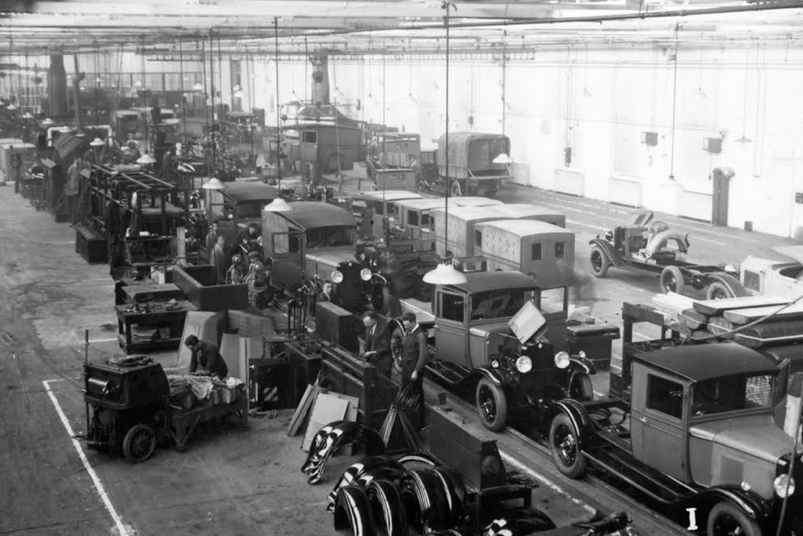
Henry Ford changed all of that. In 1903 he opened his factory producing cars cheap enough for the masses. Simplified design and a rolling assembly line kept the costs very low (along with tough management methods). This system became the standard for all future automobile mass production.
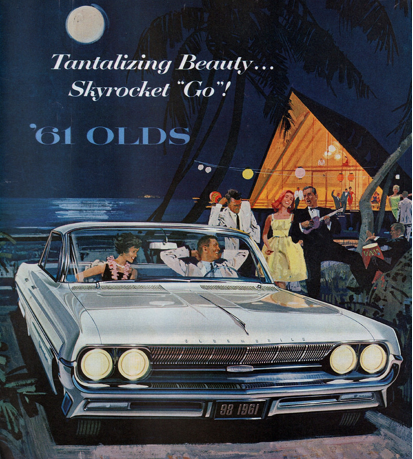

Cars fundamentally changed the way people lived. The impact was not just societal. Efficient transportation has shaped entire economies. Cars have also changed the physical world we live in. The necessary infrastructure has changed our landscape forever taking up to 50% of usable space in many cities.
Innovations
The story of the automobile is one of continuing innovation. Manufacturers have been highly motivated by the increased market share that a new innovation could bring. Comparing an average car from the early 1970’s to any one of today’s cars, the improvements are immense. The improvements over the last 100 years have been even more stunning.
We see differences in:

Efficiency:
- Improved aerodynamics.
- Optimised power through smarter engine design including fuel delivery and engine cooling systems
- Computer controlled systems that can self moderate.
Materials:
- Specialised alloys for engine for strength and weight.
- New car body materials including aluminium and carbon fibre.
- Improved plastics technology increased the reliability and respect for plastic parts.
- Tyres benefitted from improvements in materials technology.
Safety:
- Airbags, front and side.
- Crumple zones to absorb energy in a crash.
- Crash testing to understand how cars behave in an accident.
- Anti-lock brakes to minimise skidding.
- Seat belts.
Passenger comfort :
- Quality of sound systems.
- Air conditioning.
- Ergonomics
- Suspension
- Reconfigurable seating.
Driving ease:
- Automatic transmission so that the driver does not need to change the gears.
- Dashboard layout including ‘heads up’ display.
- GPS navigation.
- Driverless capability sometime in the near future.
Manufacturing systems:
- Improved metal fabrication techniques have meant that new shapes have been possible.
- Sophisticated injection moulding techniques have changed the shape of external lights.
- Improvements that make cars more innovative and cheaper to make.
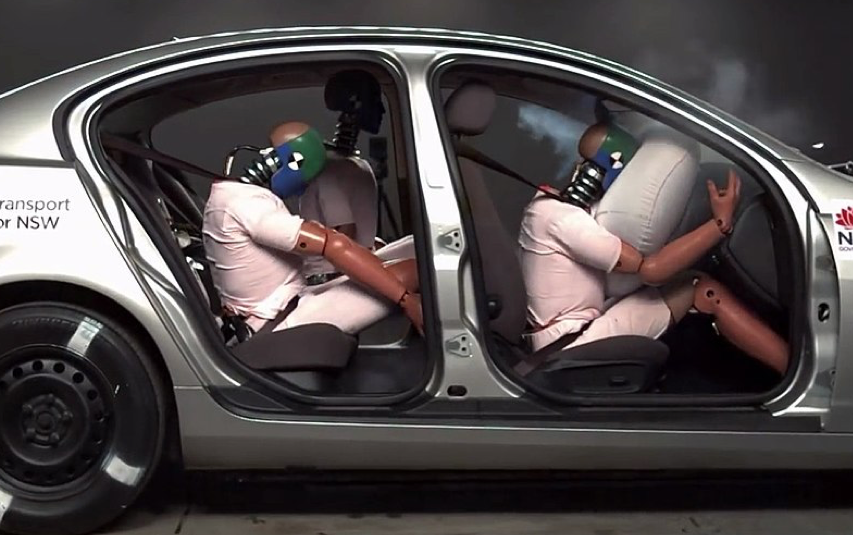
Electric cars
By 1920 petrol engines became the widely accepted system of delivering power to cars. The power to weight ratio of petrol was too hard to ignore, and up till then it was considered a dangerous by product.
Once petrol established itself as the way forward, investing in improving the performance of petrol engines was a good bet, there would be a return. Incremental improvements over the last 100 years have made petrol engines just about as good as they will ever get.
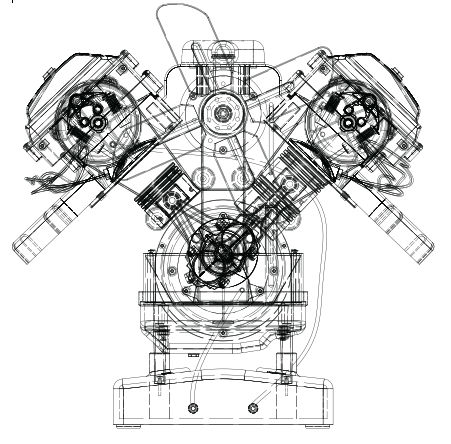
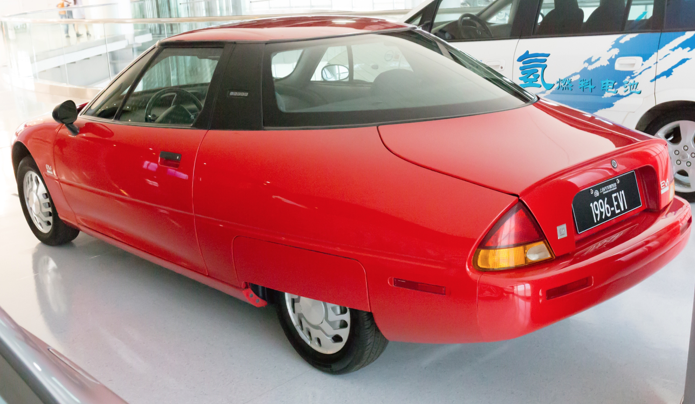
In the early days, investment in other systems like hydrogen or electric batteries did not promise such a good return and so they were left behind. General Motors made a promising attempt at a production electric car called the EV1. It was so promising that no one knows why they didn’t continue with their investment. Not only did they stop production, but they recalled all the vehicles they could and enthusiastically destroyed them. Perhaps there was pressure from the oil industry.
It took someone like Elon Musk to make the bold investment required to bring electric battery technology up to speed.
There are a few issues electric car technology needs to address:
Cost. Any new technology is expensive at first. With higher volumes and improvements, production costs will come down spurred on by increased competition.
Range. How far one charge will take the car has been an issue, although 470km is getting close to expectations.
Infrastructure. There are plenty of petrol stations and this needs to be matched by the number of recharging stations. Recharging stations are smaller and cheaper than a petrol station so this will not be a problem.
Re-charging time. A fast recharge is 30min. Is this fast enough, can this be a new normal?
With constant improvements we can expect electric cars to become the widely accepted way forward. Almost all major car companies are now investing in electric cars, even General Motors. The environmental benefits of electric cars as well as the negative effects of petrol are too hard to ignore.
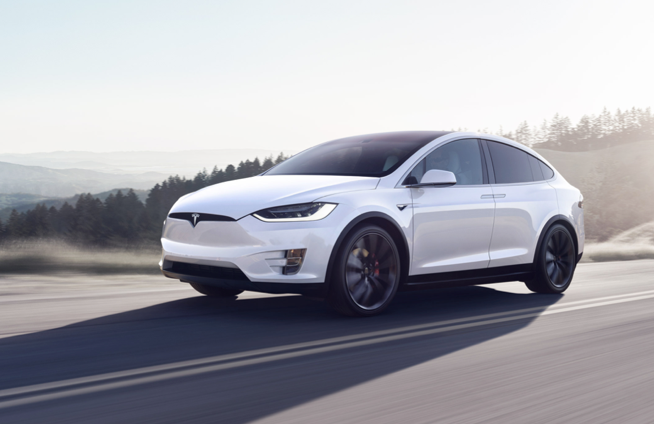
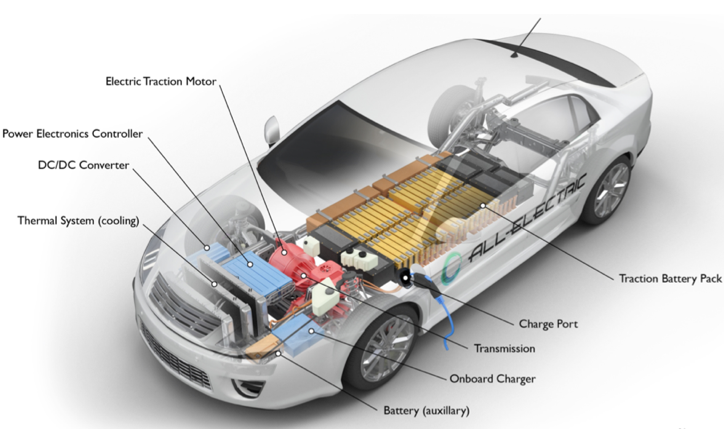
There are other advantages of electric cars. The weight distribution of the battery across the bottom of the car improves road handling.
A petrol car has approximately 2000 moving parts whereas an electric car has just 20. Fewer moving parts makes production easier and also reduces maintenance requirements. (It’s easy to understand Henry Ford’s original preference for electric). The fewer number of parts also means that over time we can expect electric cars to become much cheaper.
Many of the most impressive parts of the petrol engine have taken decades to improve, but now with electric cars they will all be redundant. This includes: fuel injection, oil pump, cooling system, timing system, cams and valves, exhaust system. Controlling explosions inside a cylinder will look arcane.
The widespread adoption of electric cars over the next 50 years will eventually mean the end of the petrol engine. It will come to be seen as a marvel of engineering, confounding in its complexity.
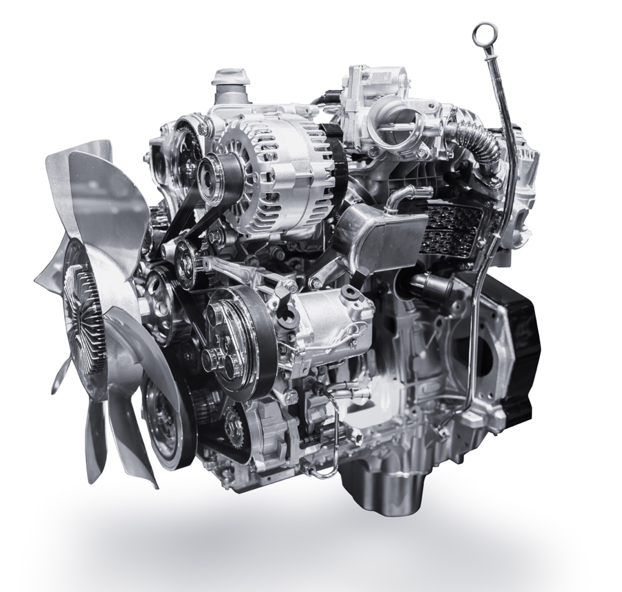
Car racing
The first car race was held in 1894 by businessmen for the sake of publicity. They raced from Paris to Bordeaux over several days at an average speed of 24km/h. The race created public interest and helped sales. From then on, the car was going to be much more than a just a ‘horseless carriage’. In 1895 a shorter race was held from Chicago and the public was hooked. By 1907 the first purpose-built track was used and a whole new industry of motor sport was born.
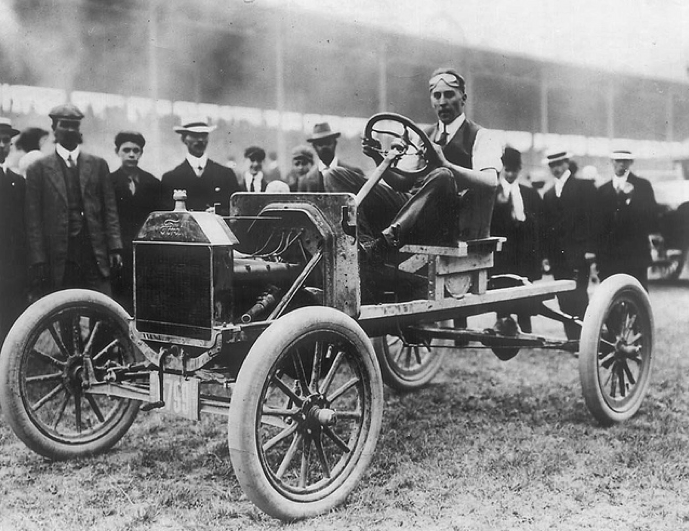
By the 1950s and 60s car racing had become a cultural phenomenon especially in the USA where the automobile was the embodiment of a Western lifestyle.
Today it is remarkable just how many kinds of motor sports there are: open wheel racing including Formula 1 and Formula E: sports car, production car, one-make, touring car racing; rallying; drag racing; off road racing. Each kind with an impressive number of variants, not to mention subcultures.
The need to go ever faster has presented auto engineers with exciting challenges. Many of their solutions have made their way into the everyday car improving performance, safety and convenience.
It is fair to say that the cars of today are only as good as they are because of motorsports and the investment required to compete.
- Anti-lock braking
- Safety airbags
- Crumple zones
- Quality rubber tyres
- Gear changing systems
- Variable suspension
- Push button start
- Disc brakes
- Aerodynamics
- Engine innovations like overhead cams and fuel injection
- New materials like carbon fibre and smart metal alloys
- Regenerative braking
- Rear-view mirrors
Stunts
A car chase with a few good stunts along the way has been the centrepiece of many action movies. Even better if there are a few explosions. Big money is spent on stunt doubles, safety and wrecking a few perfectly good cars. The constant challenge is for the creators to come up with something original.

Plenty of planning goes into a successful stunt, often requiring computer modelling before attempting to do the real thing.
Even something simple like a car jump can be complicated to get right because there are so many variables such as:
- Ramp length
- Ramp angle
- Car speed at luanch
- Car aerodynamics
- Weight distribution
- Landing ramp angle
- Landing ramp height
The psychology of speed
The attraction of speed is not a recent thing, even in ancient times chariots were put to the test by going fast, thrilling crowds and rider alike. Today speed is a whole lot more technologically enabled.
What is it about speed that we like so much? It’s a question worth asking of ourselves. Human behaviours say something about what it is to be human, so when we ask ‘why we like speed’ we are inquiring into one aspect of what it is to be human.


We can understand the need for speed physiologically. Driving fast is accompanied by a surge of adrenaline which causes blood pressure and heart rate to jump. In the brain there is a Dopamine reward that goes with this. This explains our physical response to the sensation of speed. Speed seems to invoke a survival response, and then rewards us for actually surviving (although this is not always the case. In 2010, 31 percent of all driving-related fatalities were due to speeding)
Speed is to do with limits. As a species we have always wanted to know what the limits are, what is possible to achieve. This risk taking trait has been vital in the success of the human race. We have wanted to find the limits of what we can do. And for those who break a limit through human endeavour we uphold them as inspirational. They show others what is possible. Someone who climbs Mt Everest gets bookings at corporate events as a guest speaker. It doesn’t really matter what the achievement is, as long as some limit has been pushed, we will find it inspiring.
We draw a very short line between achievement through personal endurance and achievement through innovation. They are both about pushing limits and we love it. We seem hardwired to respond. This is because this is who we are, the limit testers. This may be our most defining trait as a species and it has resulted not just in our survival, but also our advancement.
Inherent in limits is the challenge for people to break them. This involves risk taking. The climber scales the mountain ‘because it is there’, and that is enough. This response has served us well in all manner of human pursuit, not just survival. Humans have always tried to improve their condition, and this has not stopped.
Our attraction to speed resonates with the very human trait of seeking limits and breaking them. The popularity of motor sports testifies to this where even just watching bring satisfaction.

Automotive styling
Early automobiles were entirely hand-made and their beauty lay in their craftsmanship. Design cues were taken from the coaches they replaced. This provided the comfort of familiarity to the general public. In fact, early cars were referred to as ‘horseless carriages’. It’s a reminder that any new technology is understood in terms of what it replaces.
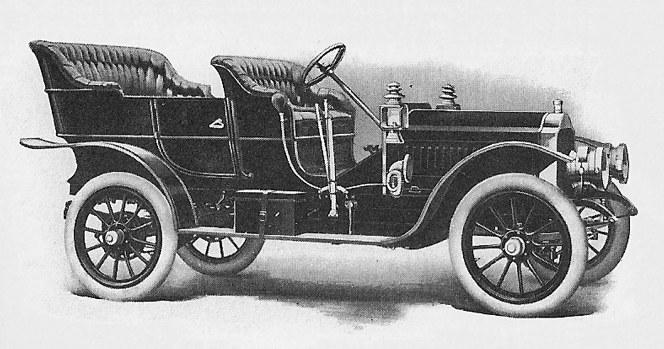
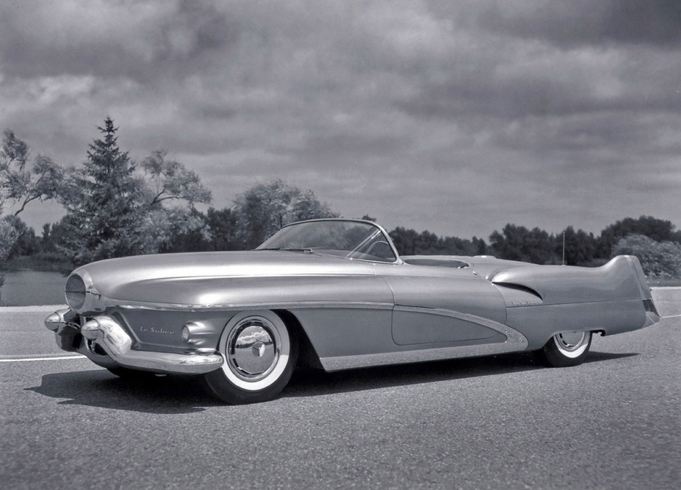
Over time, manufacturers started to explore new shapes, considering how the different elements related to achieve a more integrated look. The possibilities were endless, and so brands were able to build their own distinct look.
This realisation made heroes of designers Raymond Loewy and Harley Earl. They ignited the imagination of a generation of car enthusiasts.
They set out to design beautiful cars and fed off the aspirations of a consumer society. Their design cue was the jet aircraft – the latest and most exciting technology. Jets beckoned an amazing future and streamlining was the stylistic metaphor of this future.
The notion of the automobile as a bearer of meaning was born. It had become an object of desire and designers were keen to explore the sculptural possibilities.


The next big name in automotive styling is Georgetto Guigaro. He revolutionised the shape of the car becoming the father of what was once called ‘European styling’. He was the first designer to say that it is OK for the rear of the car to be high. Out of this idea was born the hatchback. Today almost all cars can claim some design heritage to the work he was doing in the 1970s.
To this day manufacturers know the importance of car styling. It has become the most powerful form of brand projection, and large budgets are set aside for creating the next ‘look’.
This has given rise to the notion of the car as fashion, another consumable item to be upgraded when a better looking one is available. This desire for something new has environmental costs that we don’t see (straight away).
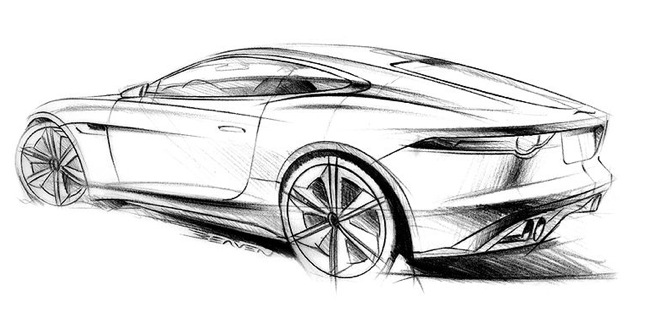


Automotive design has been fertile ground for the imaginations of experimenters. Here are some interesting ideas. It’s worth doing a search of experimental cars to see just how weird and wonderful they have been over the years.
